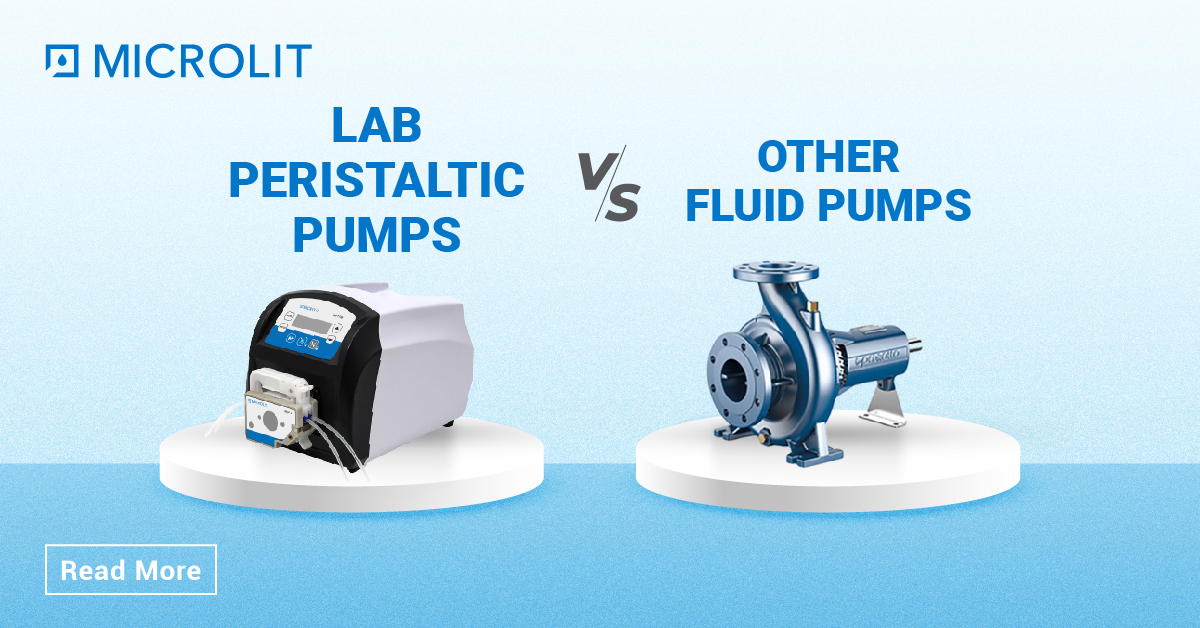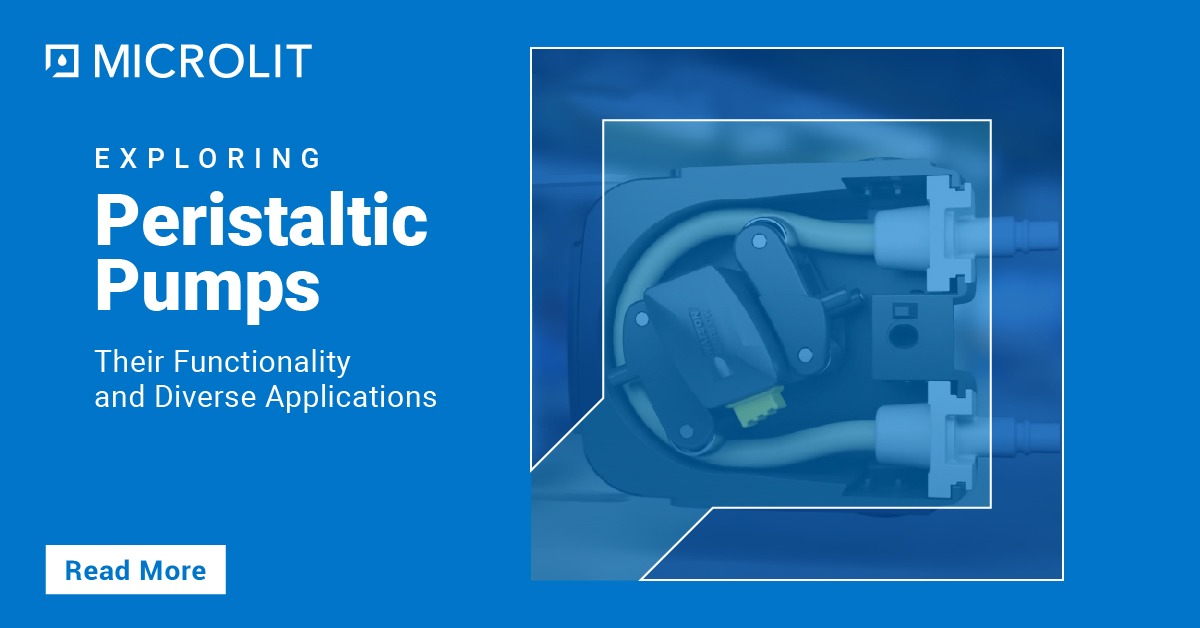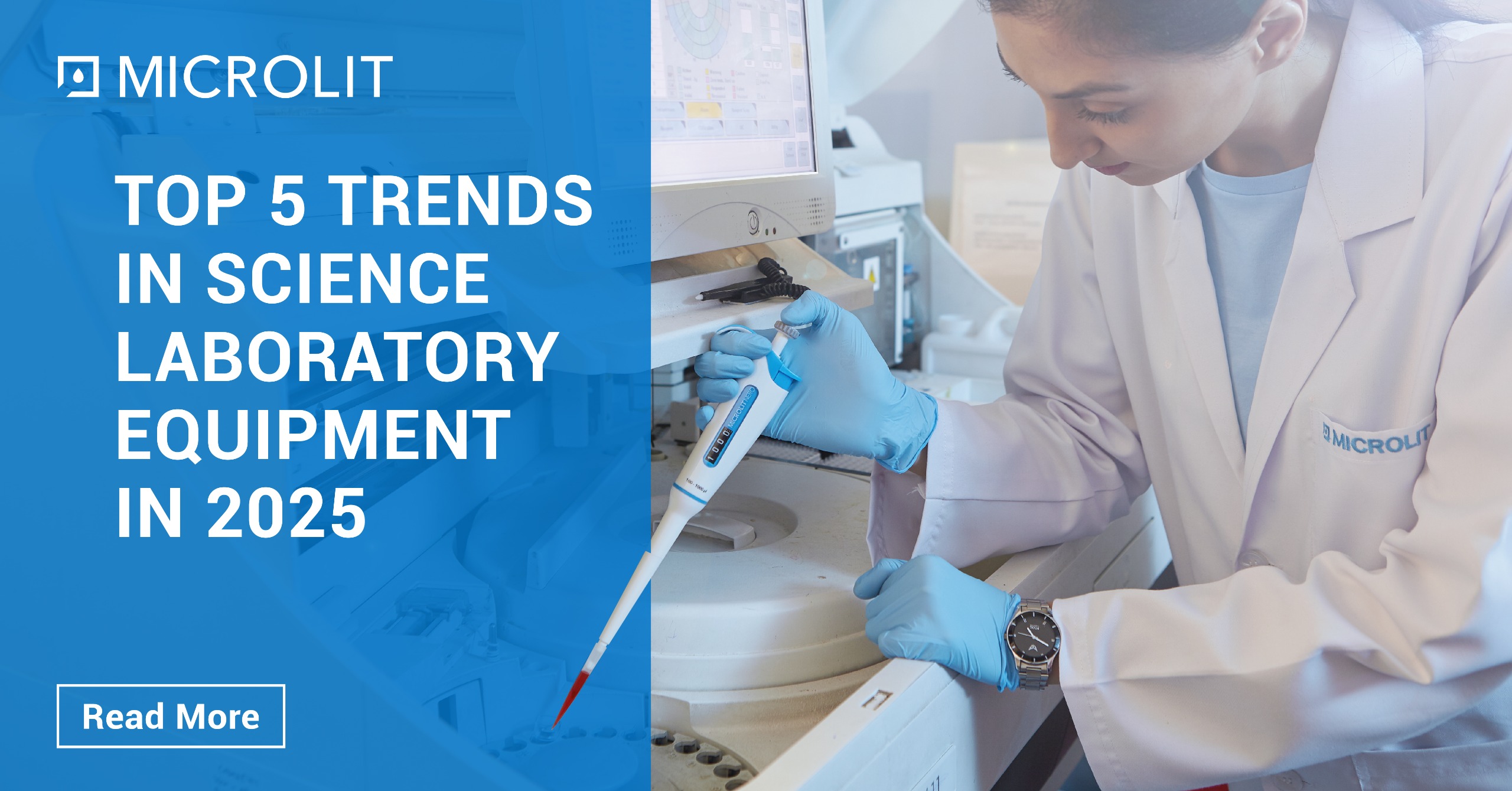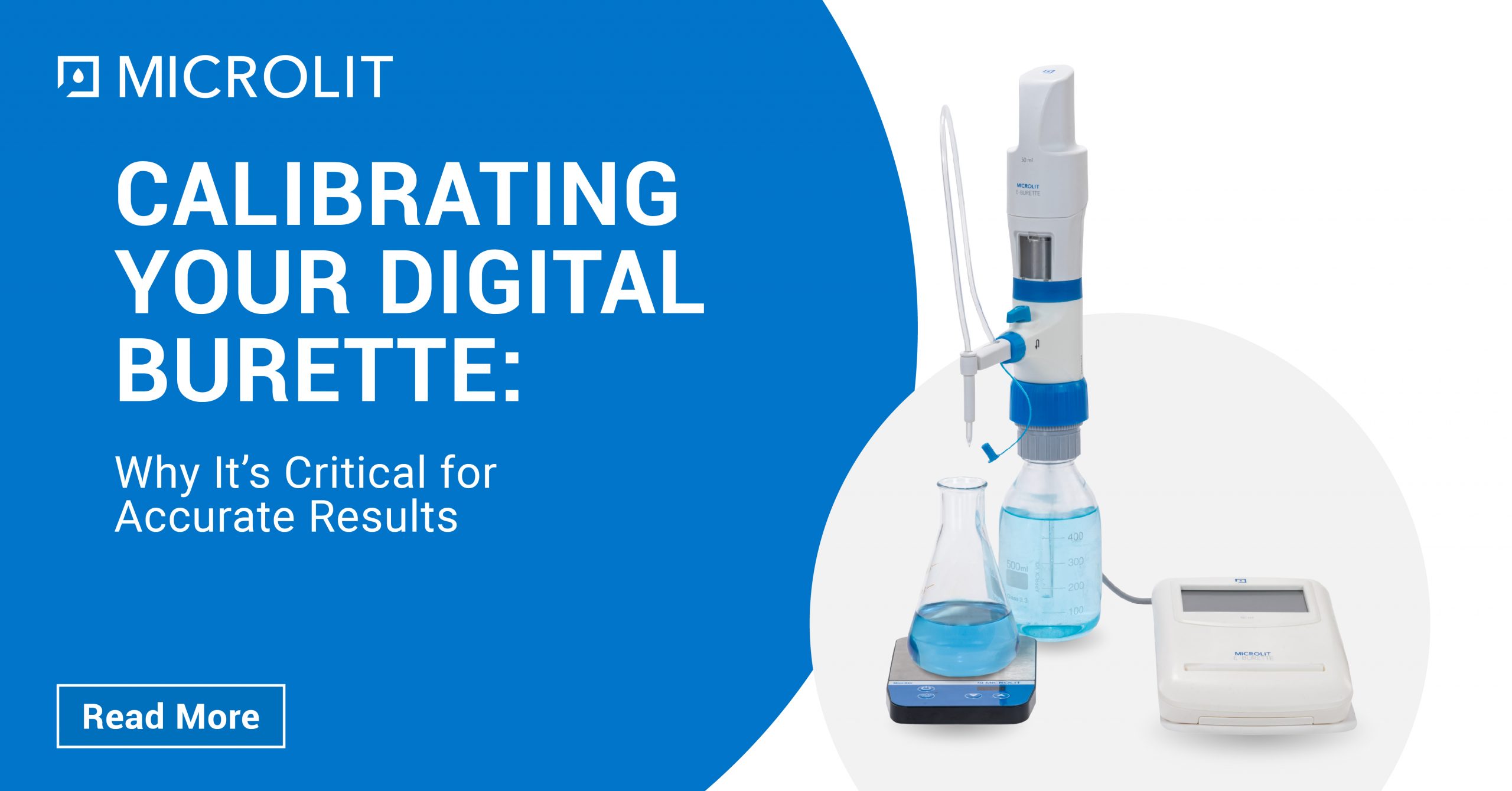Mastering the Art: Correct Method for Loading Tips onto a Micropipette
- March 30, 2024
- ENQUIRE NOW
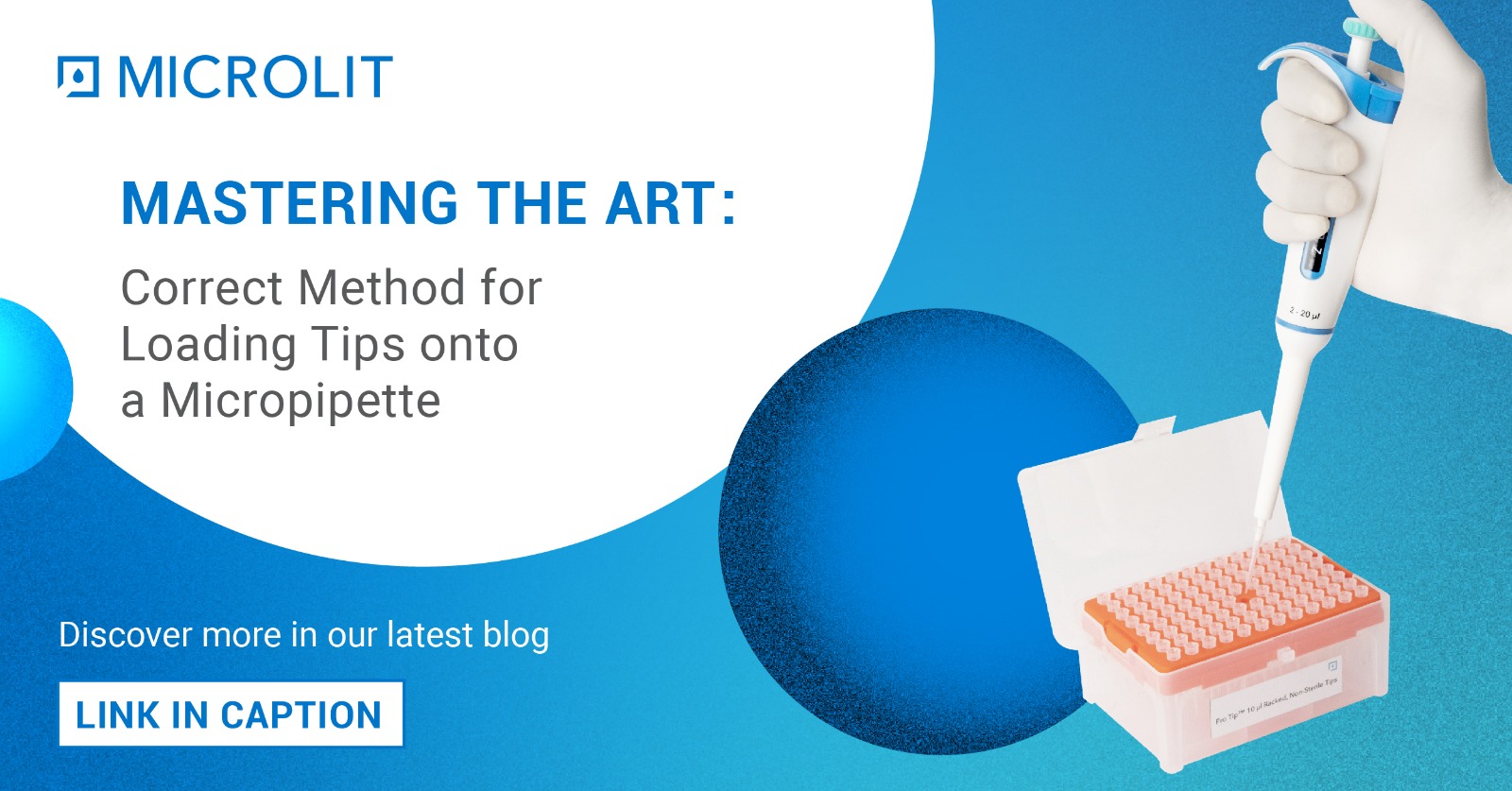
Introduction
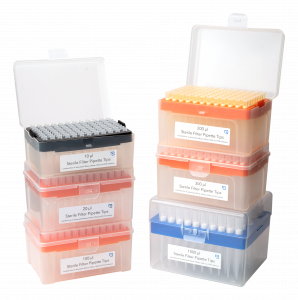 Micropipettes are indispensable tools in laboratories, enabling precise measurement and transfer of small volumes of liquids. However, achieving accurate results with micropipettes begins with mastering the fundamentals, including the correct method for loading tips. This seemingly simple task holds great importance as it directly impacts the accuracy and precision of your measurements. In this article, we’ll delve into the proper technique for loading tips onto a micropipette, ensuring optimal performance and reliable results.
Micropipettes are indispensable tools in laboratories, enabling precise measurement and transfer of small volumes of liquids. However, achieving accurate results with micropipettes begins with mastering the fundamentals, including the correct method for loading tips. This seemingly simple task holds great importance as it directly impacts the accuracy and precision of your measurements. In this article, we’ll delve into the proper technique for loading tips onto a micropipette, ensuring optimal performance and reliable results.
Understanding Micropipettes
Before diving into the loading process, it’s crucial to understand the basic components of a micropipette. Typically, a micropipette consists of a piston, a plunger button, a volume adjustment dial, a shaft and a tip ejector button. The volume adjustment dial allows users to set the desired volume for aspiration and dispensing, while the tip ejector button facilitates easy removal of used tips.
Selecting the Right Tip
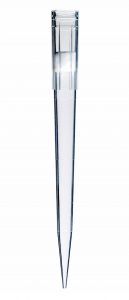 Choosing the correct tip for your micropipette is the first step towards accurate pipetting. Tips come in various sizes and designs, catering to different volumes and applications. It’s essential to select a tip that matches the volume range of your micropipette and is compatible with the liquid being dispensed. Using the wrong tip size can lead to inaccuracies and inconsistent results.
Choosing the correct tip for your micropipette is the first step towards accurate pipetting. Tips come in various sizes and designs, catering to different volumes and applications. It’s essential to select a tip that matches the volume range of your micropipette and is compatible with the liquid being dispensed. Using the wrong tip size can lead to inaccuracies and inconsistent results.
Step-by-Step Guide to Loading Tips
Now, let’s explore the correct method for loading tips onto a micropipette.
Inspect the Tip: Before loading, visually inspect the tip for any defects or irregularities. Ensure that the tip is clean, free from debris and undamaged. A damaged tip can compromise the integrity of your measurements.
Hold the Micropipette Properly: Grasp the micropipette firmly but gently, ensuring a stable grip. Hold it vertically with the tip facing upwards to prevent any liquid from spilling or dripping onto the pipette.
Insert the Tip: Align the tip with the shaft of the micropipette, ensuring that it sits flush and securely. Gently press the tip onto the shaft until you feel a slight resistance. Avoid applying excessive force, as it may damage the tip or the micropipette.
Verify Proper Attachment: After loading the tip, visually inspect it to confirm proper attachment. Ensure that there are no gaps or gaps between the tip and the shaft, as this could result in leakage or aspiration errors.
Check for Sealing: To ensure a proper seal, perform an air displacement test by aspirating and dispensing a small volume of liquid (usually water) without submerging the tip. If there are no air bubbles or leaks observed, the tip is securely attached and ready for use.
Dispose of Used Tips Properly: Once you have finished pipetting, use the tip ejector button to safely remove the used tip. Dispose of the used tips according to the guidelines and protocols established in your laboratory to prevent contamination and ensure safety.
Best Practices for Optimal Performance
In addition to mastering the loading technique, incorporating the following best practices can further enhance the performance of your micropipette:
- Regular Calibration: Schedule regular calibration of your micropipette to maintain accuracy and precision. Calibration ensures that the volume settings correspond accurately to the actual volume dispensed.
- Handle with Care: Treat your micropipette with care and avoid dropping or mishandling it, as this can damage its components and affect its performance.
- Keep Clean: Keep your micropipette and tips clean by wiping them with alcohol or disinfectant wipes before and after each use. This helps prevent contamination and ensures reliable results.
Conclusion
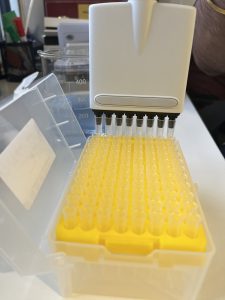 Loading tips onto a micropipette may seem like a simple task, but it plays a critical role in the accuracy and precision of your pipetting. By following the correct method outlined above and adhering to best practices, you can ensure optimal performance and reliability from your micropipette, ultimately contributing to the success of your experiments and research endeavours. Mastering this fundamental skill is essential for any scientist or laboratory professional seeking to achieve consistent and reproducible results in their work.
Loading tips onto a micropipette may seem like a simple task, but it plays a critical role in the accuracy and precision of your pipetting. By following the correct method outlined above and adhering to best practices, you can ensure optimal performance and reliability from your micropipette, ultimately contributing to the success of your experiments and research endeavours. Mastering this fundamental skill is essential for any scientist or laboratory professional seeking to achieve consistent and reproducible results in their work.
For more information about Micropipette and its variants, visit our website https://www.microlit.com/product-category/micropipettes or email us for demo/query at info@microlit.com

